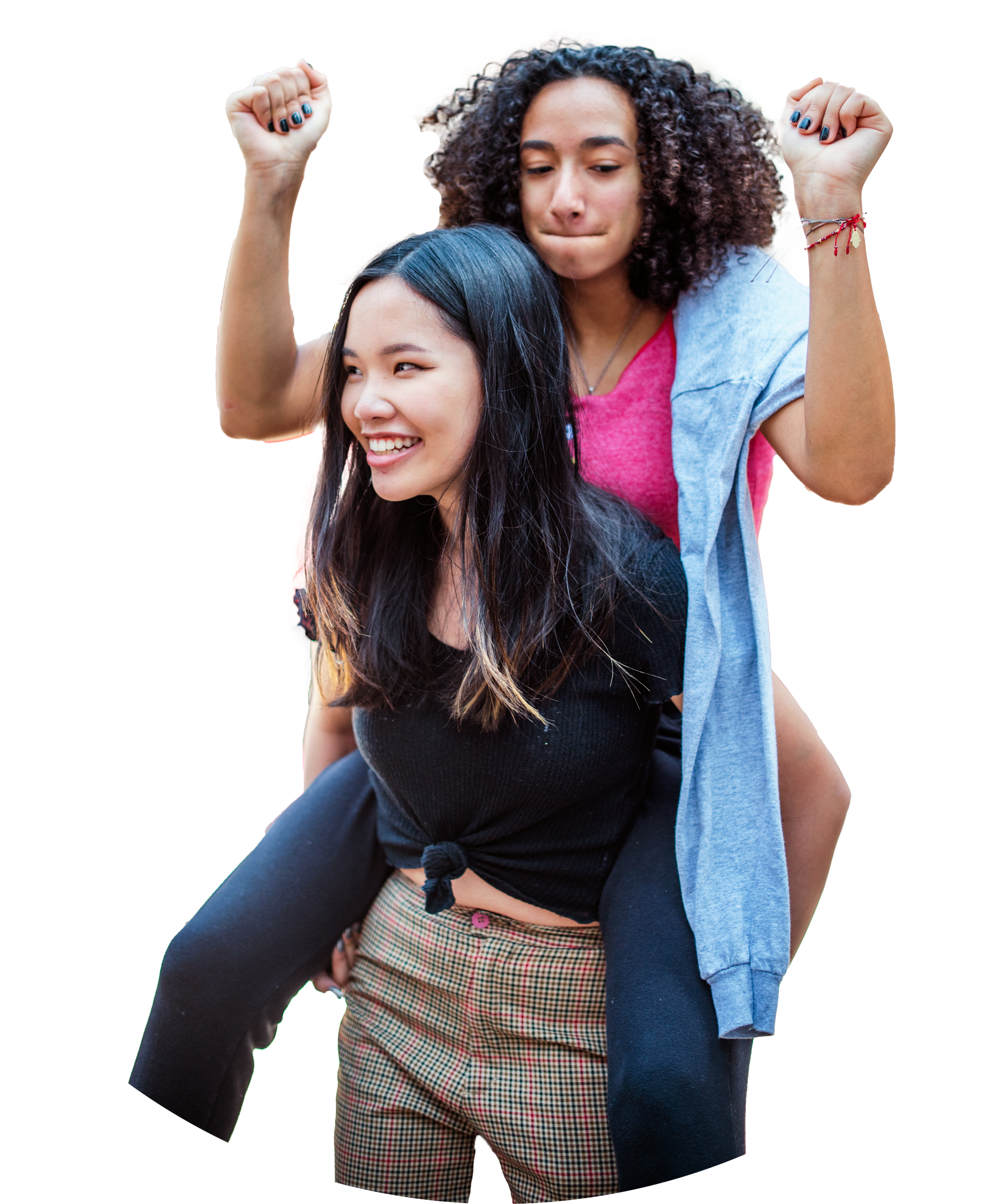
What Is the True Cost of a Stratified Education System?
Decades of studies have shown that the greatest determinants of any child’s outcomes later in life are the social connections they form early in life—and that students from diverse learning environments have greater cultural competencies, are more empathetic, more creative, and better prepared for higher education and life beyond.
But according to recent wide-ranging studies by the UCLA Civil Rights Project, racial and economic segregation in Los Angeles schools is now starker than it has been in over half a century. The price of an independent education has been on the rise, and it presents a barrier to entry that is insurmountable for most families. Public and charter schools are often under-resourced and stymied by geographic segregation.
Ages eleven through eighteen are profoundly formative years in a young person’s life. These are the years when a student comes to understand herself as a citizen, a member of society, a political and ethical being. What happens when young people from different backgrounds spend these formative years largely isolated from one another? What is the true cost of a stratified education system?
Breaking down the barriers in our society goes hand in hand with breaking down the barriers in our education system. At the School of Los Angeles, we have posed a new question: What happens when committed students from all walks of life spend every day in the classroom or out in the city together—growing, learning, and forming lifelong bonds? What happens when they are given the tools to understand their own histories, the history of the city, and the possibilities of social transformation?

